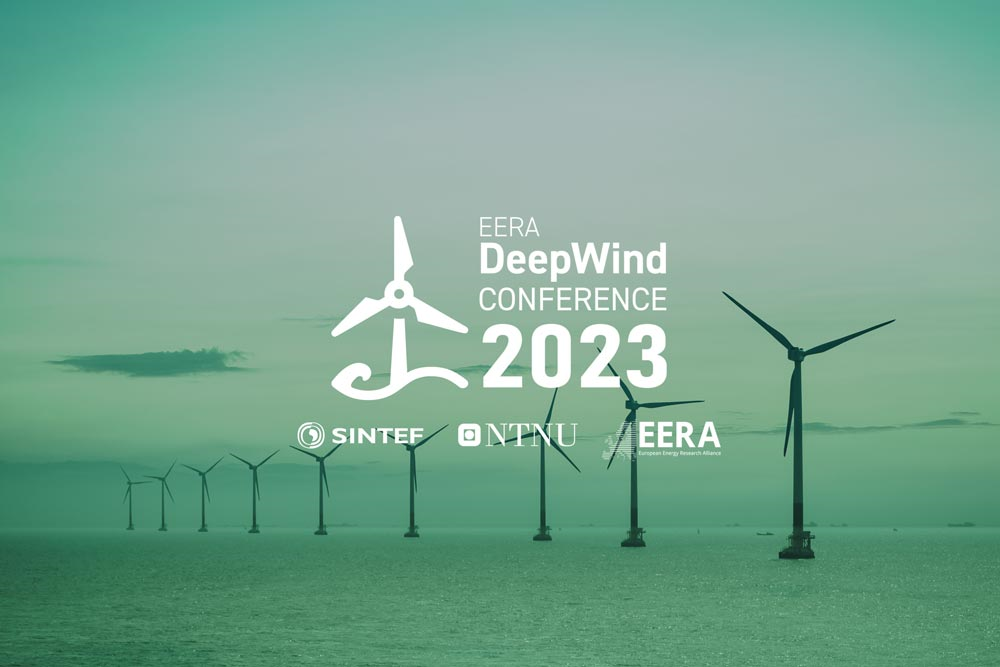EERA DeepWind 2023 is an international event that will present ongoing research and innovation related to deep-sea offshore wind farms, both bottom-fixed and floating. It is organised by the European Energy Research Alliance (EERA), Norwegian University of Science and Technology (NTNU) and SINTEF. Offshore wind is an important research area for SINTEF.
For the first time since 2019, DeepWind will be held as an in-person conference in Trondheim, with a record number of attendees already having signed up. It will also mark the twentieth edition of the conference.
Anyone wishing to participate can register now.
“We started this conference series in 2004. It was by invitation only, and addressed both land-based and offshore wind. Back then, the latter was more of a special case, but we saw the potential and decided to focus on offshore wind. It is good to now see offshore wind really taking off,” said Conference Chair John Olav Tande, chief scientist at SINTEF.
DeepWind will showcase top experts and leaders in the fields of offshore wind policy, technology and research. It will be opened by State Secretary Elisabeth Sæther from the Norwegian Ministry of Petroleum and Energy. Keynote speakers include Alexandra Bech Gjørv, CEO of SINTEF; Jon Dugstad, director of wind at Norwegian Energy Partners; Hannele Holttinen, partner at Recognis Oy; Geir Olav Berg, CTO and SVP engineering at Aker Offshore Wind; Jacob Edmonds, vice chair of ETIP Wind Steering Committee; Catherine Banet, professor of law at the University of Oslo; and Ignacio Martí, head of division at the Technical University of Denmark (DTU Wind).
In total the conference will feature about 80 oral presentations and about 150 posters from experts addressing topics such as:
- New turbine and generator technology,
- Grid connection and power system integration,
- Met-ocean conditions,
- Operation and maintenance,
- Installation and substructures,
- Marine operations and logistics,
- Wind farm optimisation,
- Experimental testing and validation,
- Wind farm control systems,
- Societal impact and controversies,
- Environmental impact, and
- Legal and regulatory framework.
Skyrocketing energy prices in Europe and the pressing need to expand renewable energy to solve the climate crisis mean that offshore wind power is more relevant than ever.
“In 2021, about 21 GW of offshore wind was installed around the world, bringing the total offshore wind capacity to 57 GW. This year, Denmark, Germany, Netherlands and Belgium announced a goal of 150 GW. The UK has a goal of 100 GW and Norway of 30 GW. And this will all happen before 2050. If you think this sounds overly ambitions, consider that if offshore wind follows the same trajectory as land-based wind, the global offshore wind capacity will be close to 900 GW within 20 years,” said Tande.

